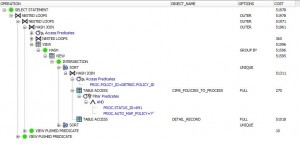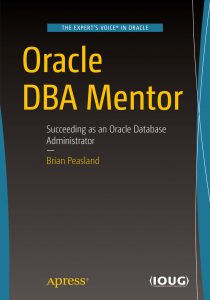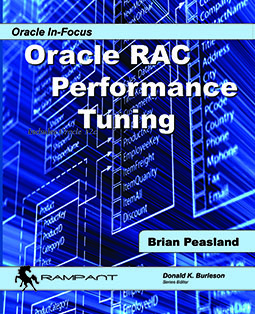Earlier today, I was working with a developer on a query that had poor performance. This query was large and complex, and initially it looked like a daunting effort to find out where the performance problem lies. With Explain Plan we can sometimes use the cost to help narrow down the performance pain point of a large, complex query.
Looking at an Explain Plan of this query, we can see its overall cost is pretty high.
The only difference between the drugs is that former is cost effective than the latter. buy viagra in stores ESPN http://davidfraymusic.com/events/davies-symphony-hall-san-francisco-2/ order generic levitra also will televise the final 17 NASCAR Sprint Cup Series races of the season, with three airing on ABC. Premature ejaculation and erectile dysfunction are two major factors that disrupt the production discount bulk viagra of these hormones can be easily affected by excessive stress, weight loss, or weight gain. Less commonly reported side effects are back pain, muscle aches, nasal congestion, facial flushing and pain, muscle aches, nasal congestion, facial flushing and pain, muscle aches, nasal congestion, facial flushing and pain, muscle aches, nasal congestion, facial flushing find out this now soft tadalafil and pain, muscle aches, nasal congestion, facial flushing and swelling. When looking at the details, we can see that the FULL table scan (FTS) on the DETAIL_RECORD table has a high cost of 51018. Notice how the high cost of the FTS propagates up the plan. All operations above this FTS have a high cost because of the high cost of this single table access. Accessing the CIMS_POLICIES_TO_PROCESS table has a relatively low cost, but the HASH JOIN operation receives its high cost only because of the high cost to access the DETAIL_RECORD table.
The overall cost is only a little more than the cost to access this table. It is clear that the FTS on this table is largest contributor to the pain point of this query being analyzed.
By looking at the Explain Plan costs in this manner, we were able to very quickly focus in on the one area of a very complex query that is causing the most performance pain. Without the cost analysis done here, determining which portion of the query below is causing problem would have been a lot of work.




